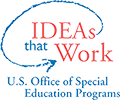High-Leverage Practices (HLPs) are a deceptively simple concept in the field of education. On the one hand it is amazing to have a list of key practices that all teachers should learn and be able to implement when teaching students of all backgrounds and ability levels, including those with disabilities. On the other, teaching is rarely simple, and there is critical nuance within the HLPs to understand and master along the path towards supporting positive academic, behavioral, and social outcomes for all students.
In this revised text, the High-Leverage Practices for Students with Disabilities (2nd Edition) are revised and updated to reflect the challenges of modern classrooms. A core addition is interpretation and analysis of how the HLPs work together (as compared to individual, standalone practices), and alongside evidence-based practices to improve teacher practice and student outcomes. Authors also introduce the terms pillar and embedded HLPs. Pillar practices are six key HLPs that are most foundational for teaching and learning drawn from the reconfigured domains (Collaboration, Data-Driven Planning, Instruction in Behavior and Academics, and Intensify and Intervene as Needed). Embedded practices are the remaining original 16 HLPs that are core to supporting effectiveness of the pillars.
This text also introduces the term culturally informed pedagogies and practices (CIPP), which are overlaid and considered alongside the pillar and embedded HLPs to better reflect the realities of modern teaching. Finally, as compared to the original text, authors provide robust examples of HLP implementation spanning the various grade and age levels, and highlight essential research backing use of the various practices.
 This website was produced under U.S. Department of Education, Office of Special Education Programs, Award No. H325A220002. David Guardino serves as the project officer. The views expressed herein do not necessarily represent the positions or policies of the U.S. Department of Education. No official endorsement by the U.S. Department of Education of any product, commodity, service, or enterprise mentioned in this website is intended or should be inferred.
This website was produced under U.S. Department of Education, Office of Special Education Programs, Award No. H325A220002. David Guardino serves as the project officer. The views expressed herein do not necessarily represent the positions or policies of the U.S. Department of Education. No official endorsement by the U.S. Department of Education of any product, commodity, service, or enterprise mentioned in this website is intended or should be inferred.



